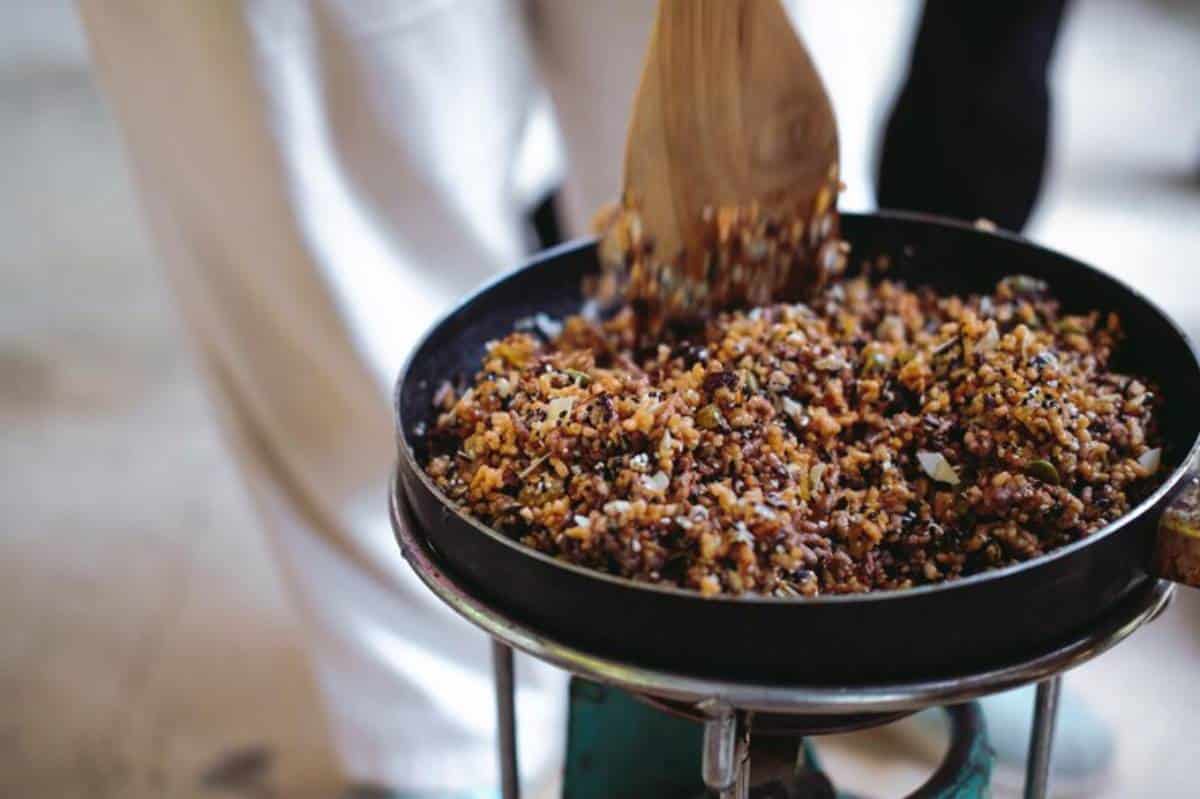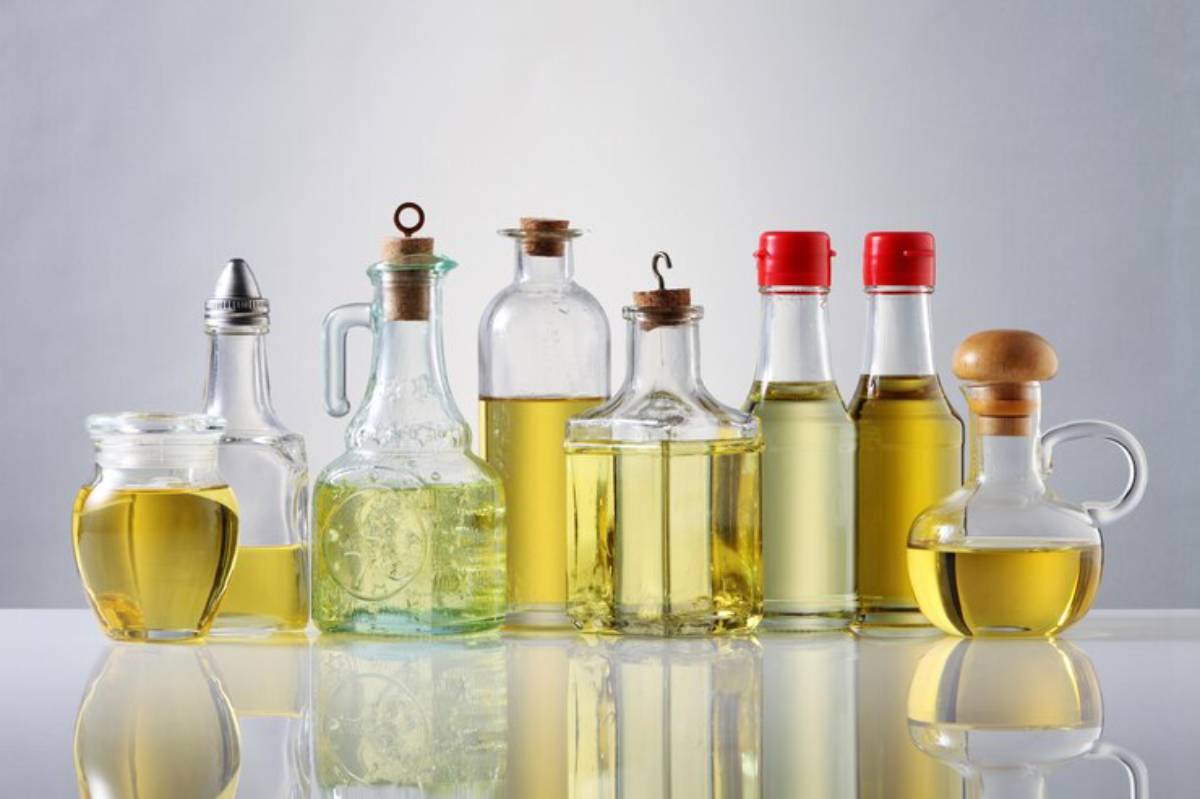
Oils, Vinegars & Acids to Elevate Flavour
The Secret to Elevated Cooking? Balance
You know that moment when a dish just sings? Not because it’s complex, but because every bite is balanced — rich but not heavy, bright without being sharp, and flavourful without overcomplicating things. Often, the key to that magic is what’s hiding in your pantry: the right oils, vinegars, and acids.
These humble heroes don’t always get the spotlight, but they’re the backbone of flavour balance. Whether you’re finishing a risotto with walnut oil or adding a splash of sherry vinegar to roasted vegetables, these pantry items can lift a dish from “pretty good” to “restaurant-worthy.”
In this guide, we’ll explore the essential gourmet oils and vinegars, how acids bring dishes to life, and how to use them for maximum impact in your home cooking. This isn’t about fussy technique — it’s about stocking smart and seasoning better.
Why Flavour Balance Matters
Taste Is More Than Salt
We’re wired to respond to five basic tastes: salty, sweet, sour, bitter, and umami. A great dish often plays with at least three of these in harmony. Acids and oils, especially when chosen with care, help you fine-tune this balance without starting from scratch.
- Acid cuts through richness and sharpens flavours
- Oil carries fat-soluble flavour compounds and adds depth
- Vinegar bridges gaps between contrasting ingredients
A salad that’s flat? Likely needs acid. A stew that feels one-note? Try a splash of balsamic. It’s all chemistry — delicious chemistry.
Gourmet Oils: Your Flavour Carriers
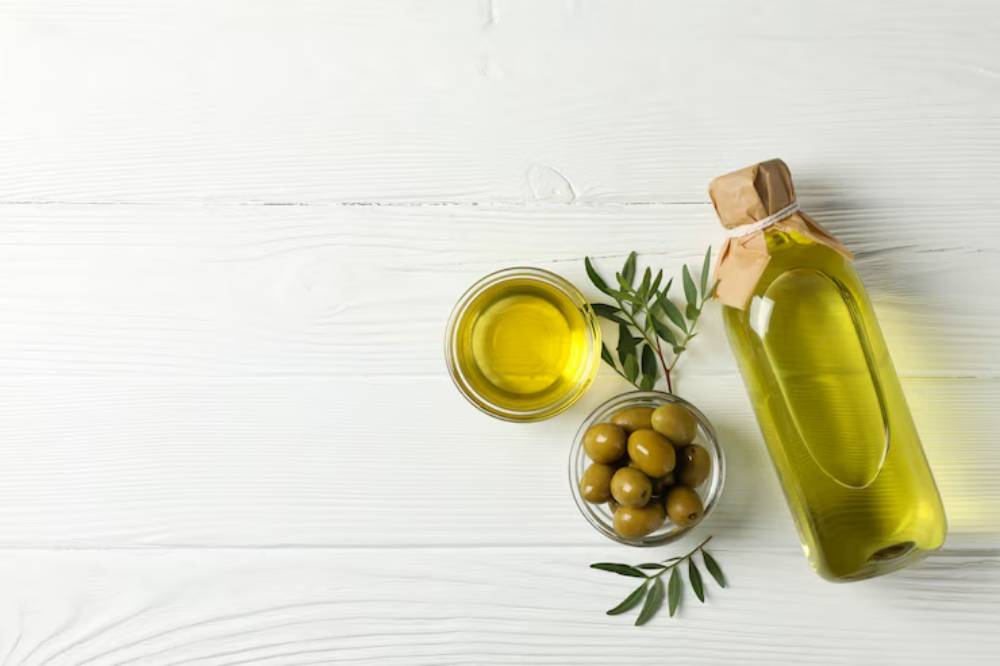
1. Extra Virgin Olive Oil (EVOO)
Let’s start with the classic. EVOO is both versatile and flavourful, ranging from grassy and herbaceous to bold and peppery. Look for cold-pressed, unfiltered versions — they pack the most aroma and complexity.
Best uses:
- Finishing soups, pastas, or grilled bread
- Whisking into vinaigrettes
- Sautéing or roasting with Mediterranean flavours
Tip: Always store in a dark bottle in a cool cupboard — light and heat degrade it quickly.
2. Nut and Seed Oils
These bring both richness and character. Just a drizzle can add depth to warm grains, roasted veg, or cheese boards.
- Walnut oil: Slightly bitter, lovely with bitter greens or goat’s cheese
- Hazelnut oil: Sweet and toasty — ideal in vinaigrettes or baking
- Sesame oil (toasted): Intense, earthy, perfect for finishing stir-fries or noodle bowls
These oils oxidise faster, so keep them in the fridge after opening.
3. Avocado and Grapeseed Oil
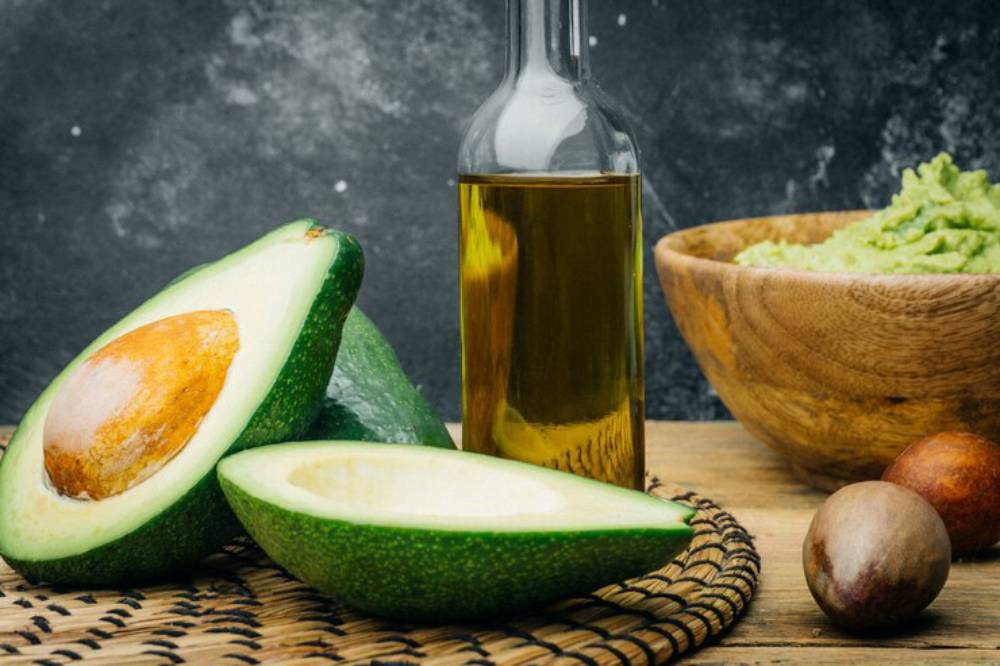
Great for cooking at high temperatures. Avocado oil in particular has a buttery taste and a high smoke point — perfect for grilling or frying.
Vinegars: Acidity with Personality
1. Balsamic Vinegar
Real balsamic (aged and syrupy) is liquid gold. It’s fruity, sweet, tangy — and just a little goes a long way.
Best with:
- Roasted vegetables
- Fresh strawberries and basil
- Steak or seared mushrooms
Look for: “Aceto Balsamico Tradizionale” or at least a PGI-certified aged balsamic for quality.
2. Sherry and Wine Vinegars
These are pantry staples with more depth than white vinegar. Sherry vinegar is nutty and bold; red wine vinegar is sharp and bright.
Pair with:
- Braises and stews
- Tomato-based sauces
- Salads with bitter greens or lentils
3. Rice Vinegar
Mild, slightly sweet, and endlessly useful. Rice vinegar is often used in Asian dishes, but it’s equally at home in slaws or pickles.
Bonus: Combine with sesame oil and a bit of soy for a fantastic dressing or marinade.
Citrus & Other Natural Acids
Not all acid has to come from a bottle. Fresh citrus brings brightness and aroma that vinegar sometimes can’t match.
- Lemon juice: Adds zip to seafood, risottos, and veg
- Lime juice: Cuts richness in tacos, curries, or noodle bowls
- Yoghurt, buttermilk, sour cream: Creamy acidity that softens spice and builds sauce body
- Tamarind paste: Sharp and fruity — a game-changer in chutneys, stews, or dips
Want a deep dive into natural acidic ingredients and balance? You’ll find expert techniques and applications in our guide on cooking with heirloom pantry items.
When and How to Use Oils and Acids
Finishing a Dish
Sometimes, a drizzle is all you need. Oils and acids are best used as finishers when you want their flavour to remain bold and intact.
Examples:
- EVOO on a soup or stew before serving
- A squeeze of lemon on fried fish or roasted cauliflower
- A swirl of balsamic on burrata
These small touches add elegance, aroma, and freshness.
Making Dressings or Marinades
The classic vinaigrette is a 3:1 ratio of oil to acid, but don’t be afraid to break that rule for sharper results. Add Dijon mustard, minced garlic, or anchovy paste for extra emulsion and flavour.
Balancing Richness
Acids cut fat. Full stop. That’s why you’ll often see vinegar in pork marinades or lemon with fried chicken.
Use this balance to:
- Brighten sauces (like hollandaise or pan reductions)
- Make creamy dishes feel lighter
- Add contrast to slow-cooked or braised meats
If you’re diving into sauce-making, our post on reductions and flavour concentration shows how acids and oils work alongside deeper techniques.
Building a Flavour-Boosting Pantry
Here’s a concise list of pantry upgrades that make the biggest impact:
Must-Have Oils
- Cold-pressed extra virgin olive oil
- Neutral oil for cooking (grapeseed or avocado)
- One nut or seed oil for finishing (e.g., walnut, sesame)
Must-Have Vinegars
- Balsamic vinegar (aged, thick)
- Red or sherry vinegar
- Rice vinegar
Acids & Complements
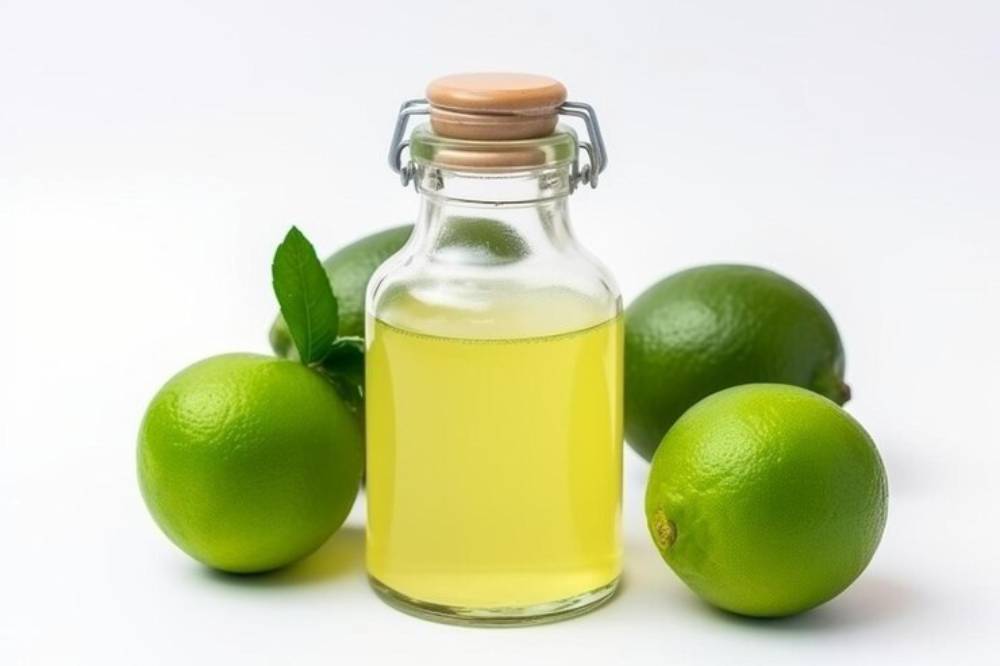
- Lemons and limes
- Dijon mustard
- Tamarind, sumac, or preserved lemon
- Yoghurt, sour cream, or crème fraîche (in the fridge)
Optional Luxuries
- White balsamic
- Champagne vinegar
- Yuzu or calamansi juice
- Flavoured vinegars or oils (like chilli, garlic, or truffle-infused)
Real-World Pantry Upgrades
“I swapped out my old vinegar for a good-quality sherry vinegar and honestly, my roasted potatoes have never tasted better.” – Nina, Bristol
“Toasted sesame oil is my go-to. Even a plain rice bowl feels special with a drizzle.” – Samir, Leeds
“I never realised lemon juice could be this powerful. Now I always finish my lentil soup with a squeeze, and it brightens everything.” – Georgia, Manchester
It’s often these small, subtle additions that make the biggest difference.
Final Thoughts: Flavour That Works Smarter, Not Harder
The magic of oils, vinegars, and acids lies in how little you need to make a big impression. With just a few pantry staples, you can add complexity, balance, and personality to almost any dish. You don’t need a new recipe — just a new habit: to finish with finesse.
Next time your dish tastes flat, don’t reach for more salt. Try a splash of vinegar, a squeeze of citrus, or a drizzle of something aromatic. Let your pantry do the lifting.


